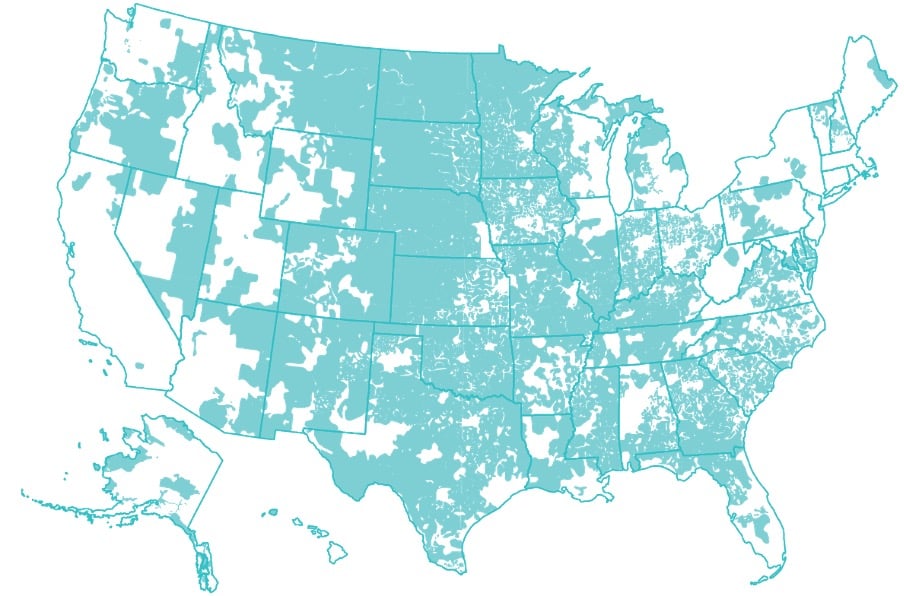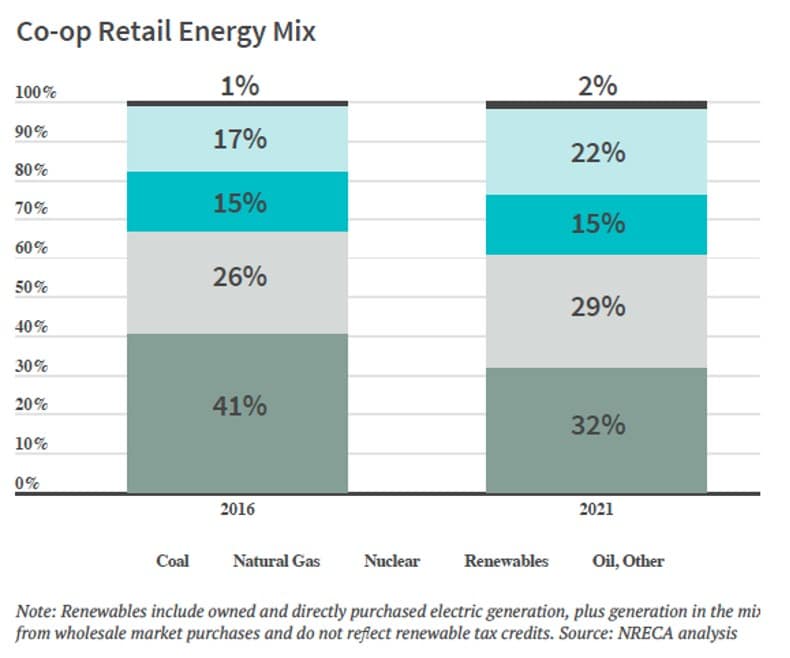With the Biden-Harris administration’s recent announcement of $11 billion for rural energy providers to electrify and decarbonize, rural electric cooperatives now have the boost they need to apply their nimble capabilities and lead the energy transition.
Although energy demand from any one cooperative may be small, the impact that cooperatives have across the United States adds up. There are 832 distribution cooperatives and 63 generation and transmission cooperatives serving 42 million people across more than half of the country’s landmass.

Rural cooperatives have made good progress reducing their dependence on fossil fuels in recent years, but significant untapped opportunity remains for cooperatives to shift their systems to create cleaner, lower-cost and more reliable systems for their members.

Kit Carson Electric Cooperative in Taos, New Mexico, provides an example of this energy shift: Taos is a small town of less than 7,000 people in a very rural area and state — New Mexico is the fifth largest state in area, but has only 2.1 million residents and is ranked 46th in population density. Instead of seeing its small size as a barrier, Taos’s rural electric cooperative embraced the opportunity to act quickly and nimbly to transition its electric system, increase reliability and resiliency, and lower bills. By building numerous solar arrays across its large service territory, and partnering with a power provider that sought clean energy sources while also allowing Kit Carson to continue to build out its own resources, the cooperative met its goal in 2022 of meeting 100 percent of its daytime electric demand with solar energy. At the same time, the cooperative led the transition to fiber optic broadband internet for town’s residents, thus opening up new opportunities for consumers, businesses, and the cooperative energy transition.
With the funding provided by the administration through the Empowering Rural America (New ERA) Program and the Powering Affordable Clean Energy (PACE) Program, rural cooperatives have the chance to do even more. As outlined in a guide for rural cooperatives that RAP wrote in partnership with Climate Cabinet and Pace Energy and Climate Center, cooperatives can use energy efficiency and demand response programs to ensure that homes are weatherized to improve indoor comfort and reduce bills. In turn, programs to use distributed energy resources can allow the cooperative to integrate more renewable resources to increase the flexibility and resiliency of the system. Gas prices will remain volatile. By contrast, electrification of heating and cooking can provide bill stability for consumers and add flexibility to the system as these resources can charge during times of high renewable energy production and lost system costs, and provide energy during periods of limited renewable supply and high system costs. Smart rate design — which will give customers price signals that are aligned with the cooperative’s costs to provide energy — can facilitate the use of these resources for the cooperative and reduce bills for consumers. Development of these programs and additional renewable resources can add job opportunities to local cooperative communities.
The administration’s grant of funds must happen quickly; the U.S. Department of Agriculture wants to commit the entire $11 billion in 2023. But the solutions are already at hand and numerous entities are offering support for cooperatives to apply for funds, including the Beneficial Electrification League, the National Rural Electric Cooperative Association (NRECA), and the Rural Power Coalition. Given the ability of cooperatives to operate nimbly and quickly, the opportunity is ripe for them to demonstrate how energy systems can become more efficient, equitable and effective.

